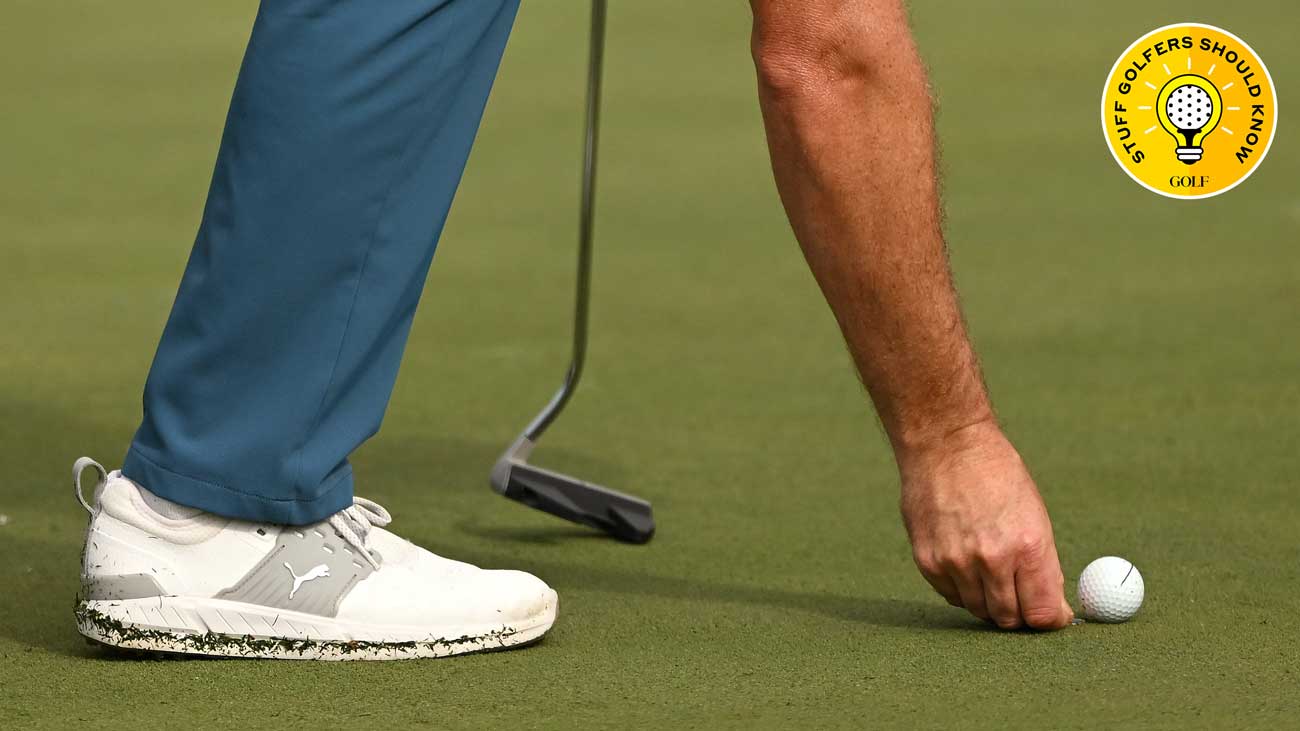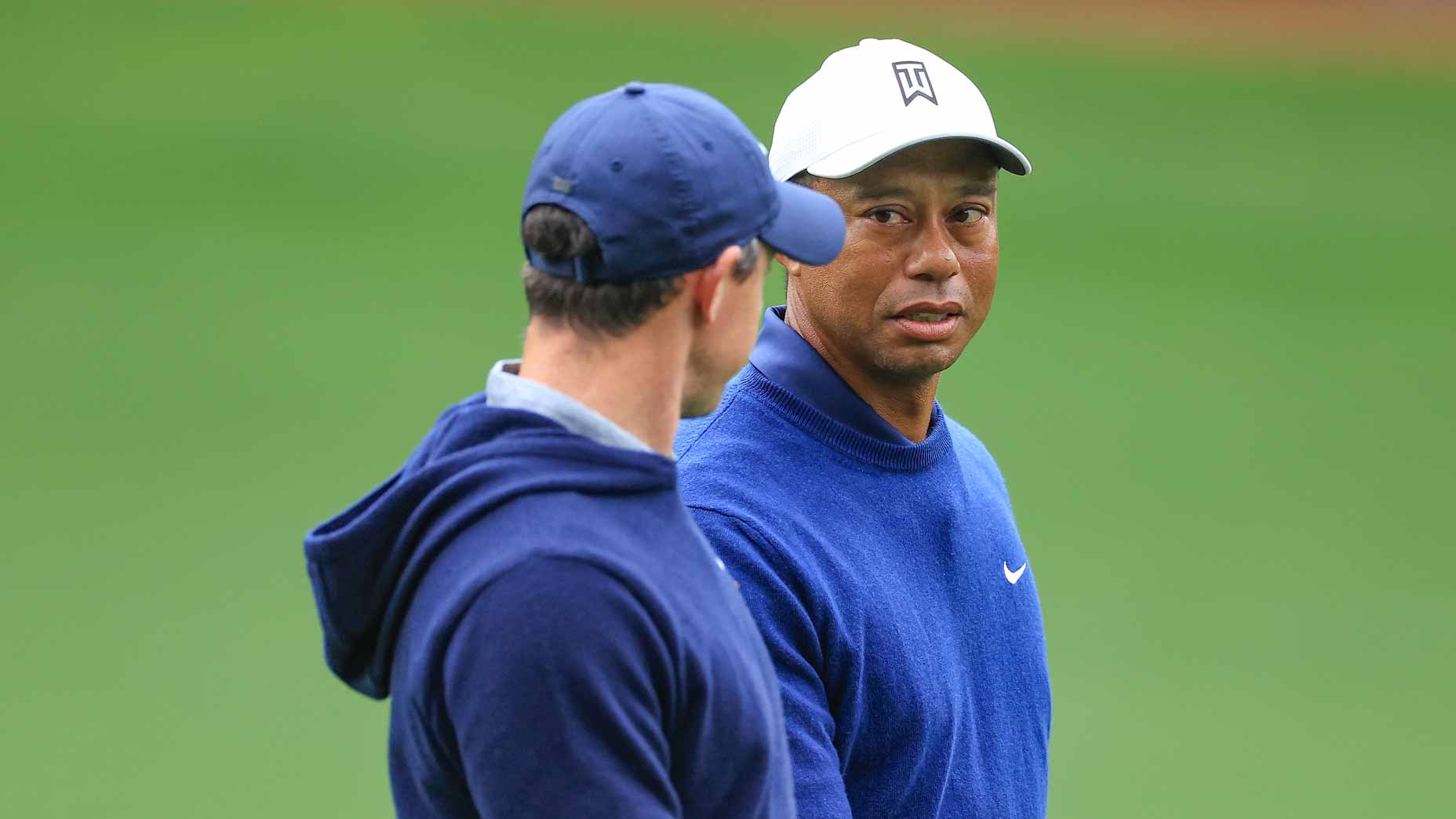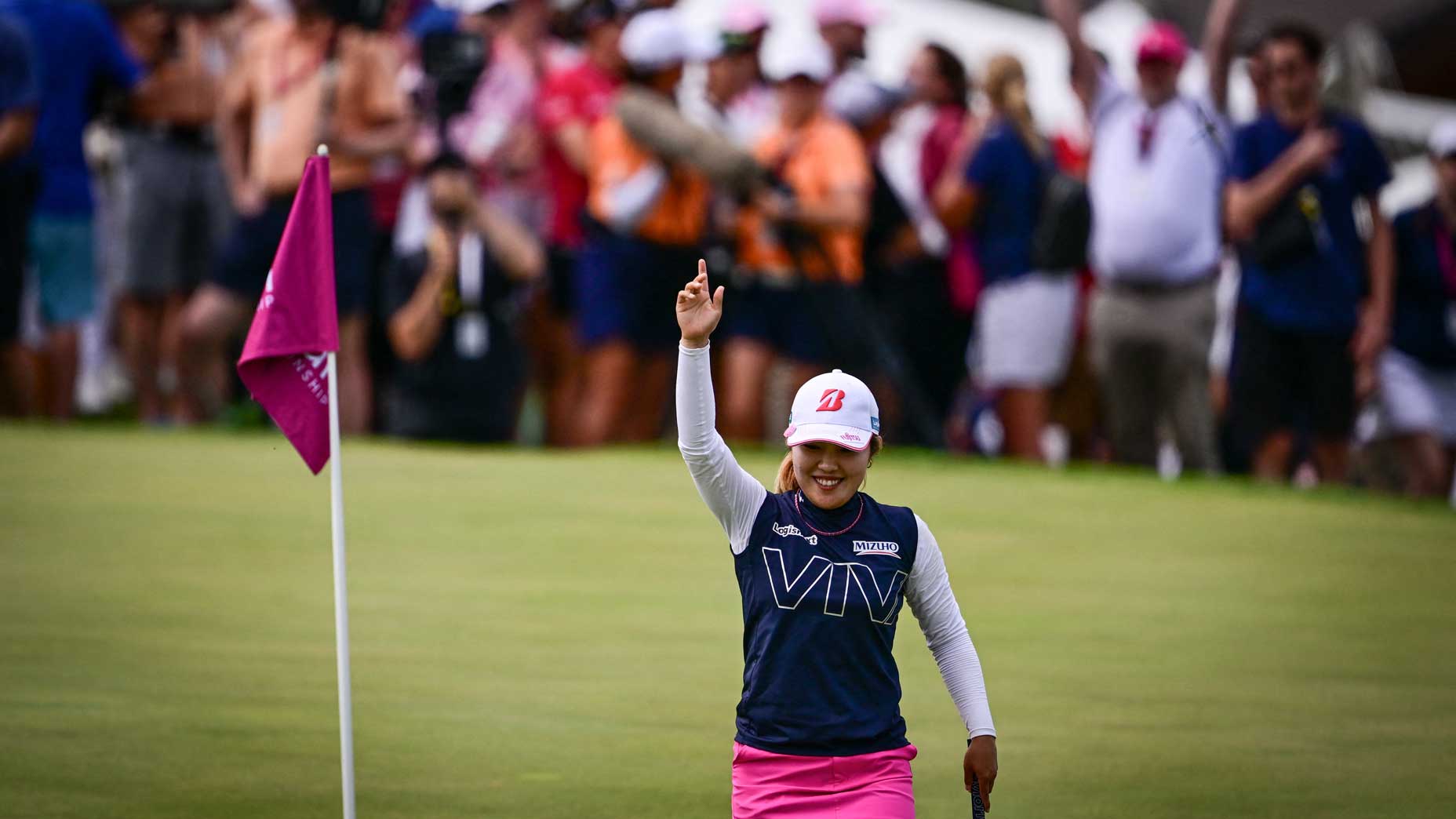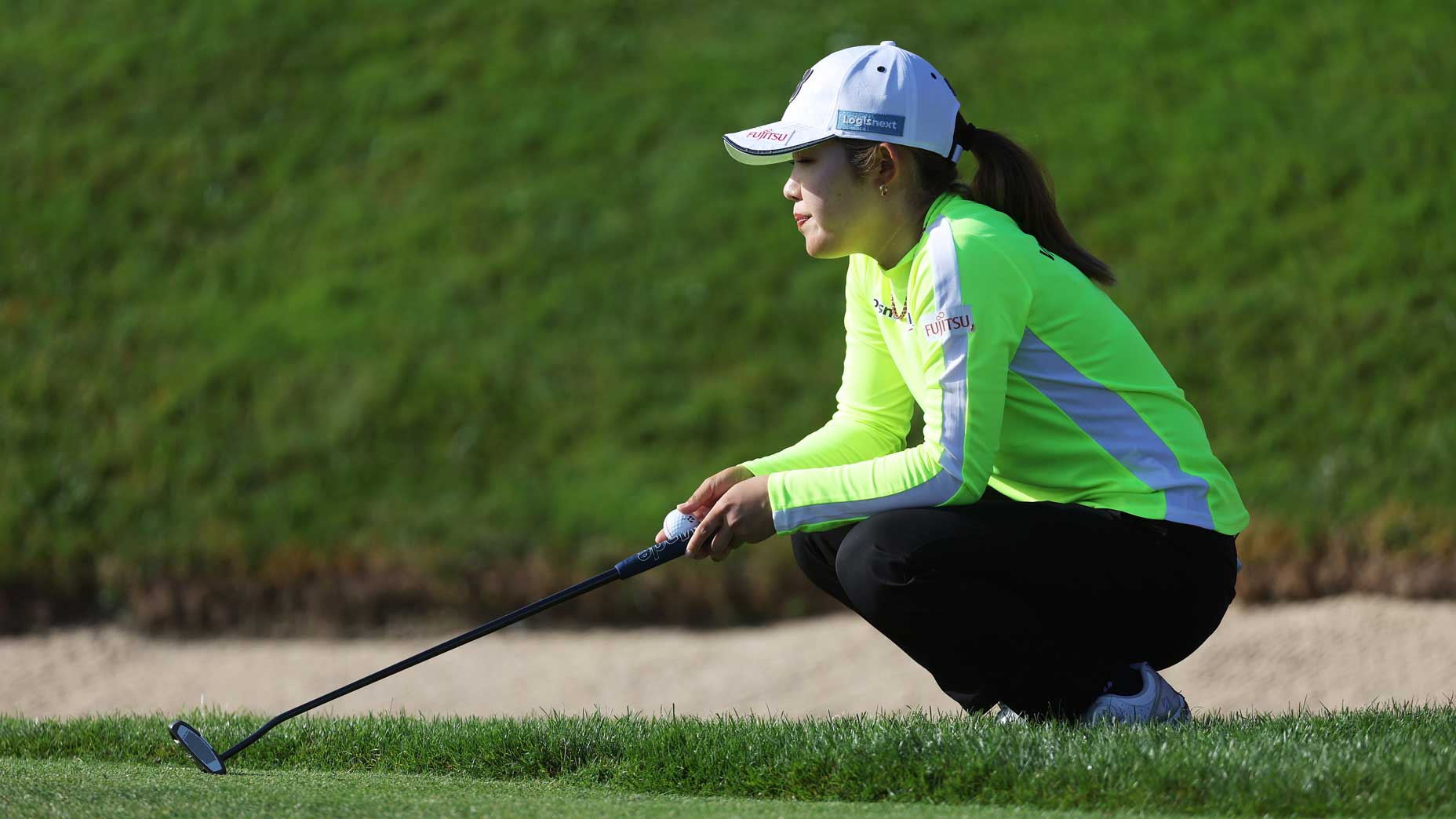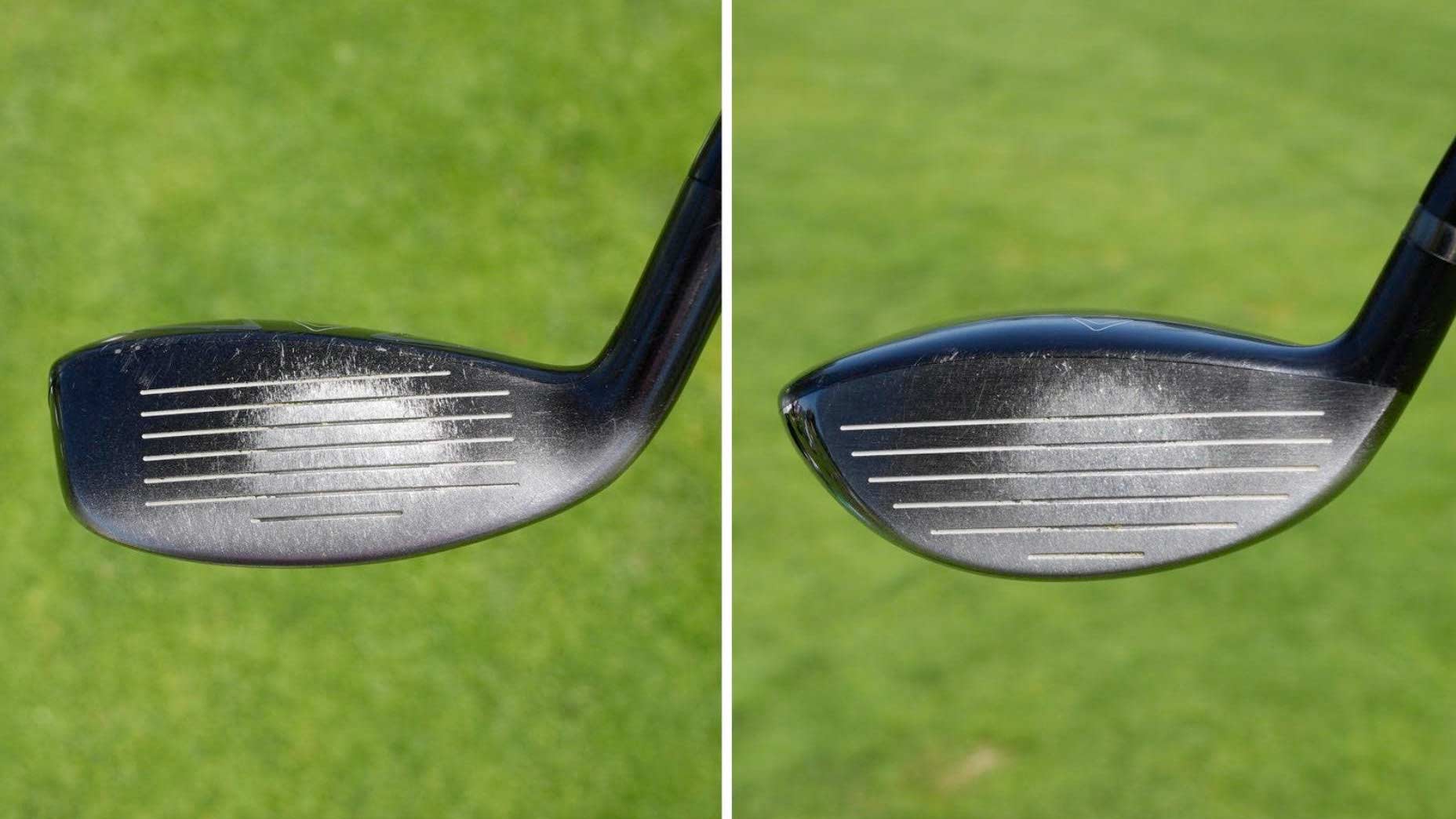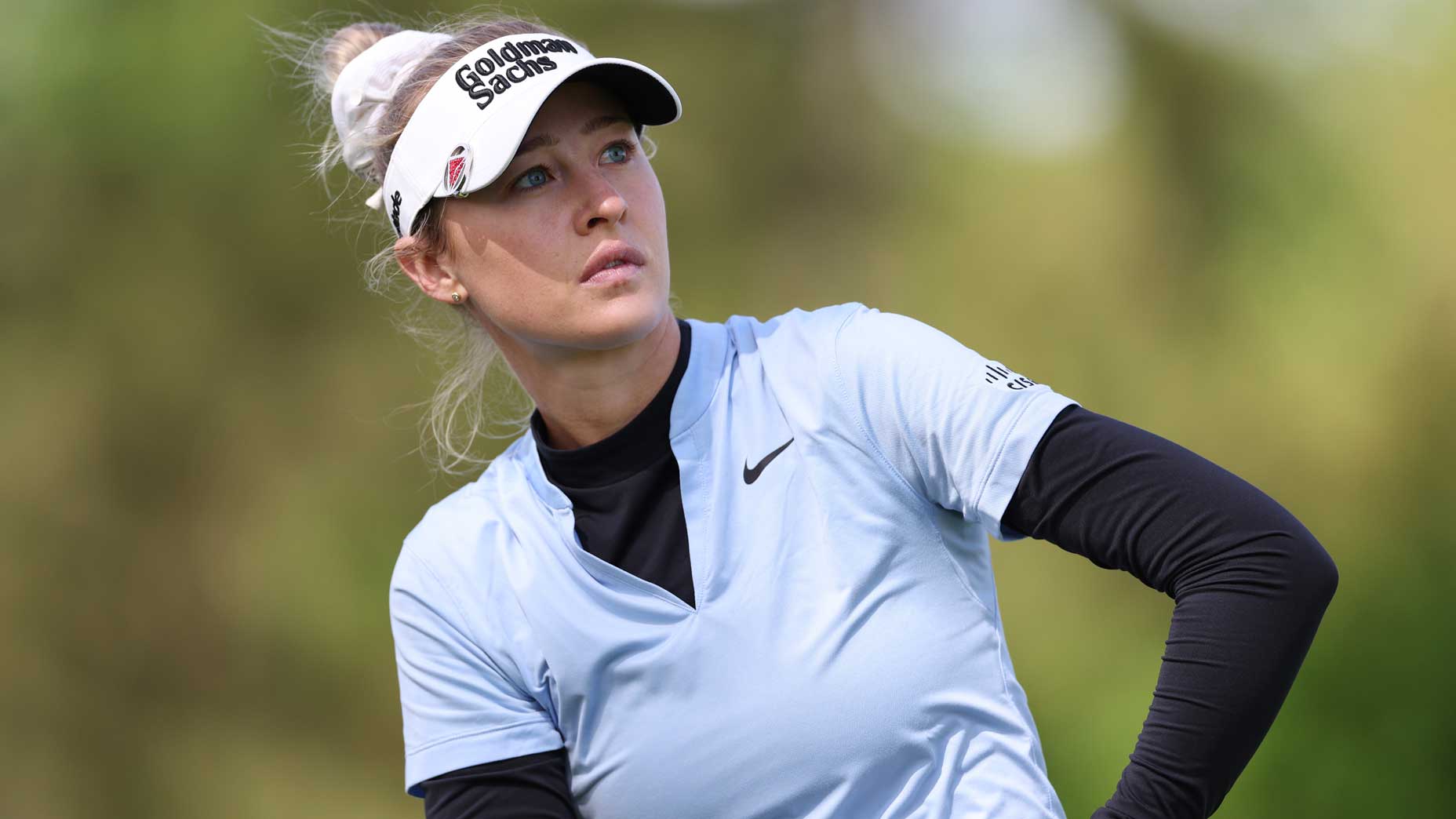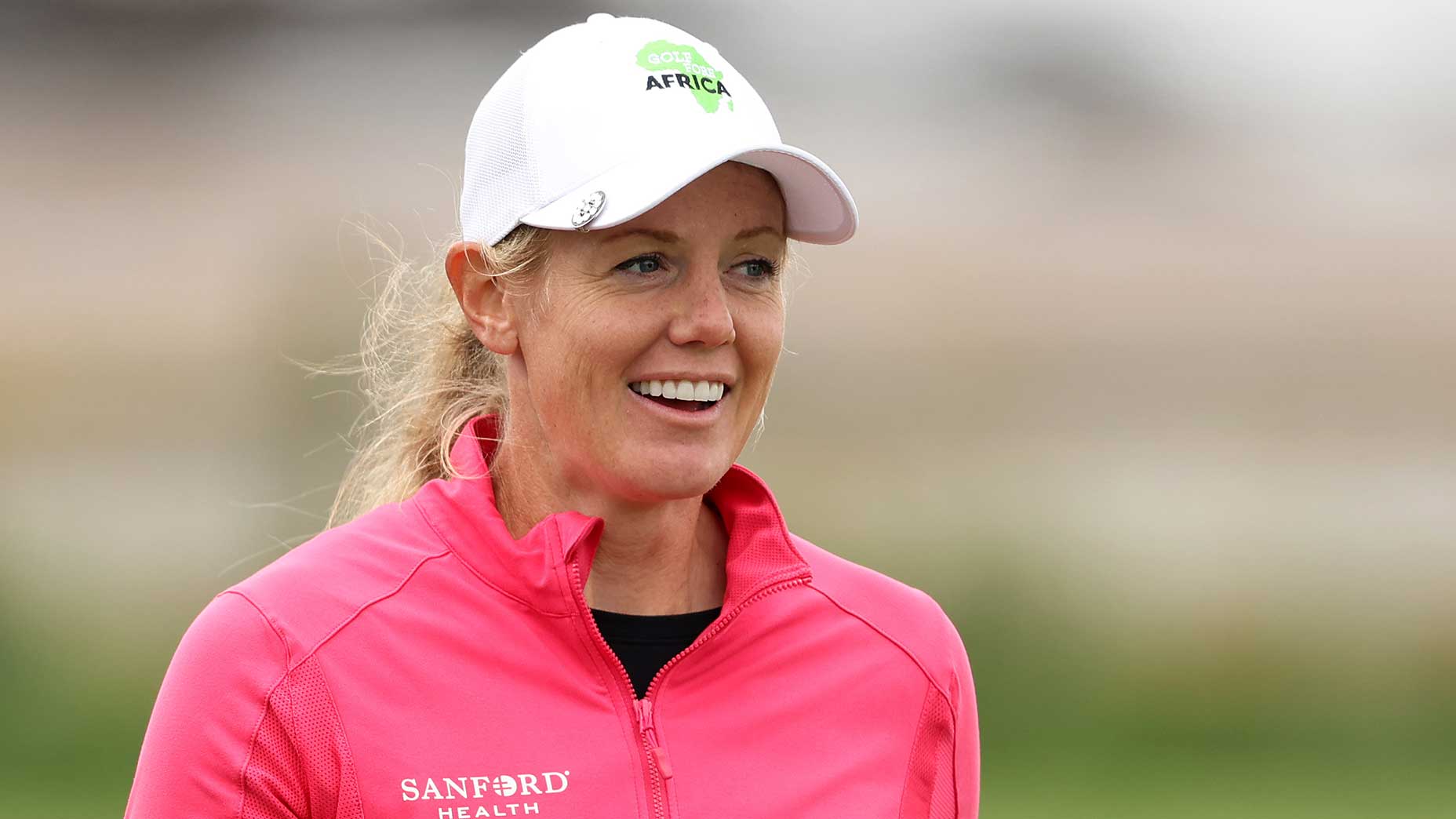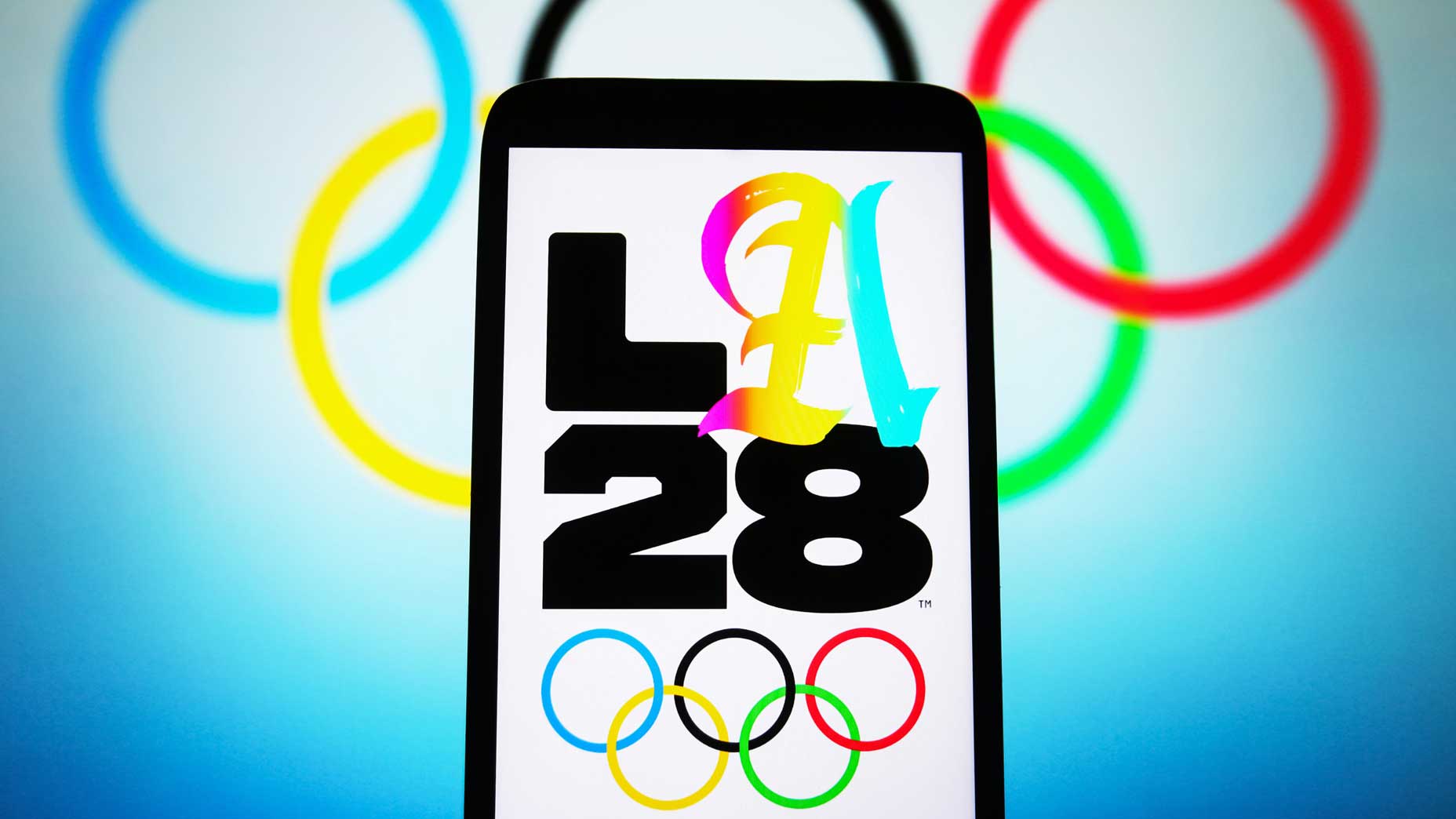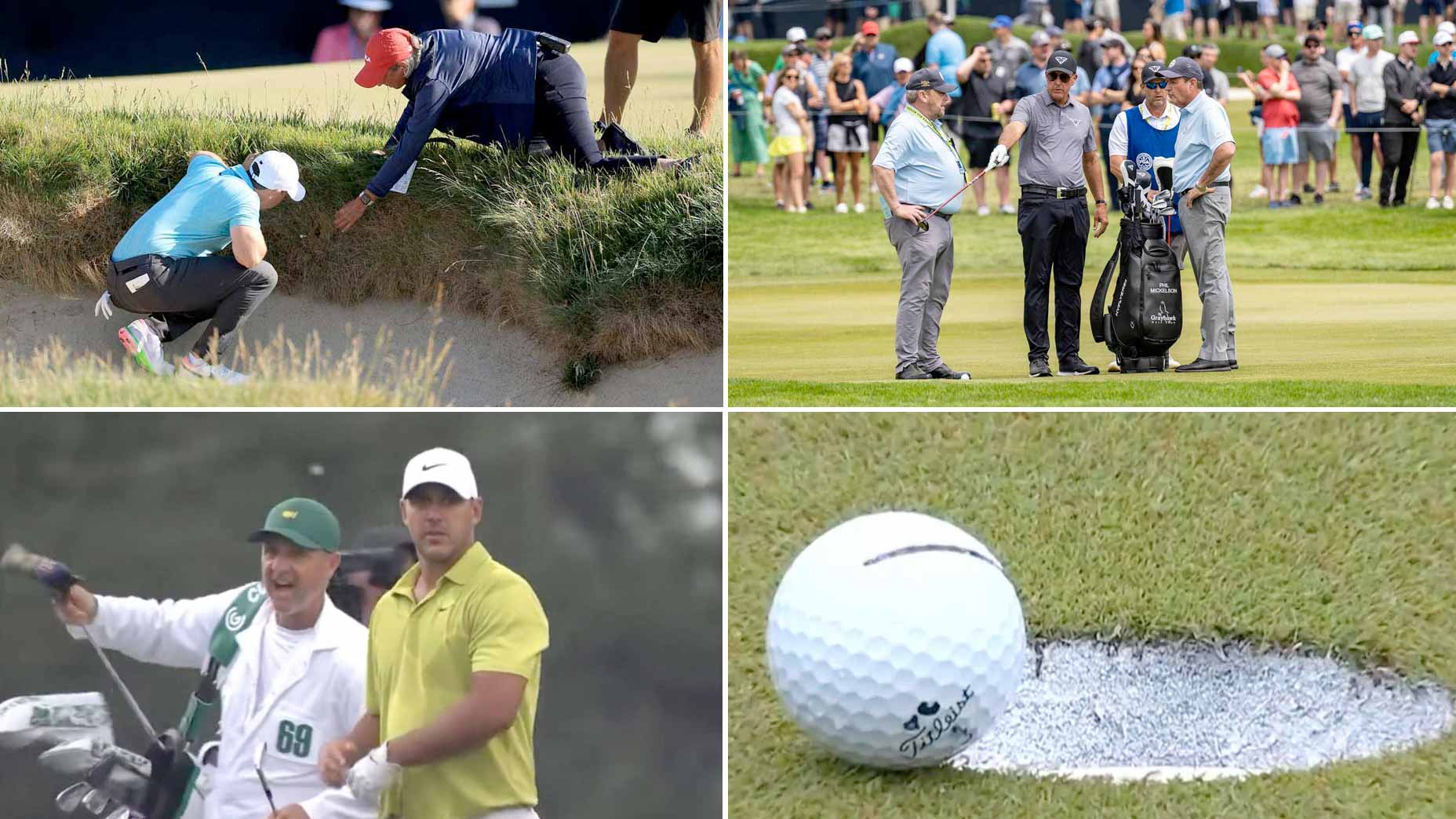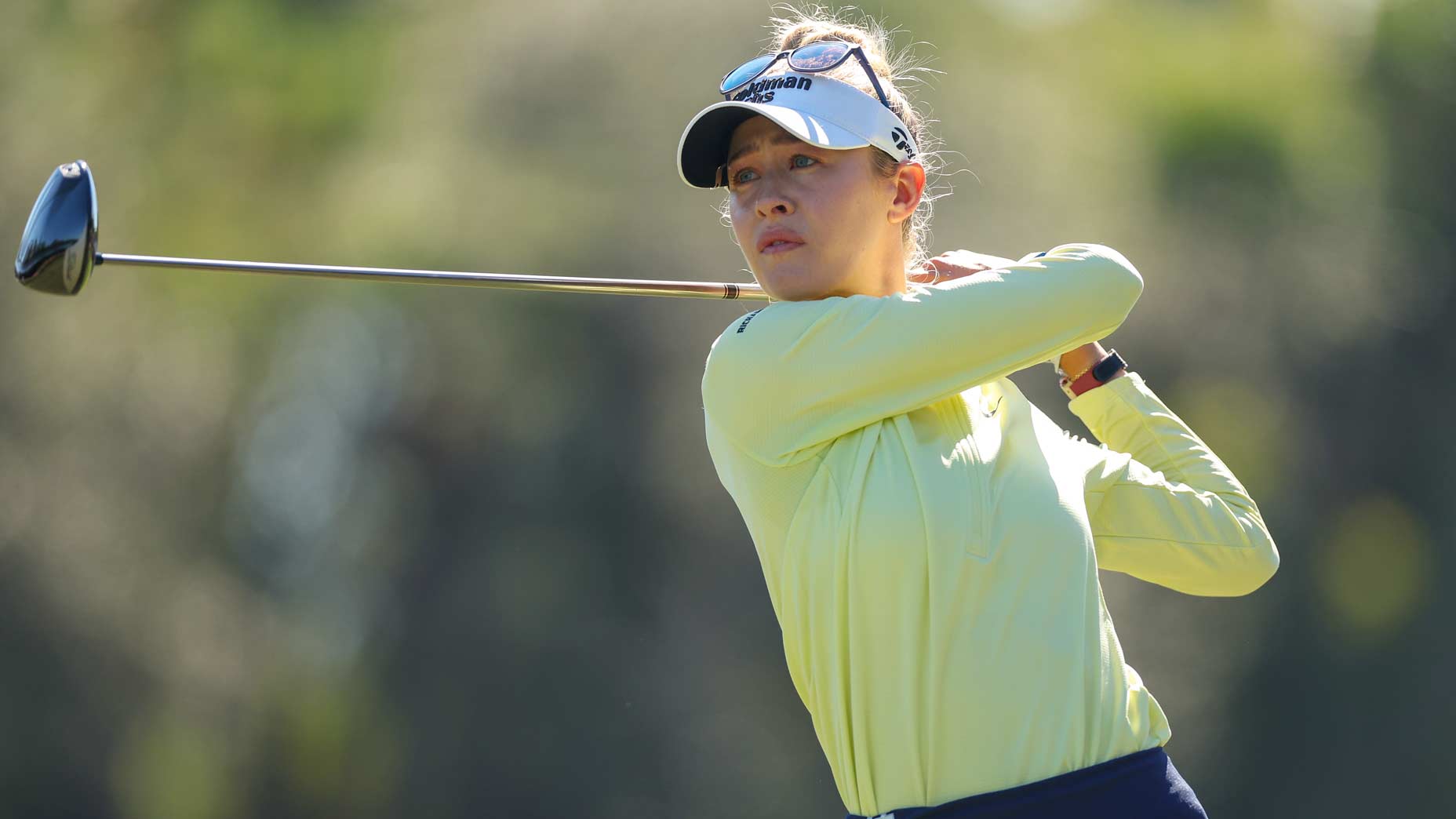This pro was accused of cheating. Here’s her side of the story

An LPGA pro marks her ball on the green.
Getty Images
Abbey Daniel was getting emotional. She had just finished her final round at Stage 1 of LPGA and Epson Tour Q School, where she’d made the cut for Stage 2 by three shots. It’d been a rough summer of golf by her assessment, so she began tearing up when she embraced her mother. She’d just shot a bogey-free 69. There are endless stories illustrating the extent to which pro golf is a grind. This was hers.
There are also endless stories of how golf’s rules are followed — or not. The majority of these stories take place without a rules official in sight. The birdies and bogeys and, often most importantly, penalty strokes? They all land at the discretion of the players involved. As authentic and meritocratic as that may be, it can lead to disagreements. Sometimes those get animated.
Enter LPGA and Epson Tour Q-School, the three-stage pressure test through which Daniel and the best female golfers on the planet grind to earn their way into a better tournaments played for more money and a higher rank in the game. Stage 1 took place last week, with four rounds played in the desert in Southern California. Daniel needed 72 and she shot 69. Or so she thought.
As she tells the story, the first time Daniel heard of a potential rules infraction was as she reached the scoring area. Gabby Lemieux, one of her playing partners that day, had been keeping a close watch on how Daniel was marking her ball on the back nine. Lemieux’s caddie, her husband Jared, had been watching, too.
According to an account she shared with MondayQ Info, Lemieux became suspicious on the group’s 12th hole of the day. Then, on the group’s 16th hole, the 7th at the Dinah Shore course at Mission Hills, Daniel putted from the fringe to what she describes as about six inches from the hole. According to Lemieux’s take, the putt was more like two feet. Whatever the distance, Lemieux had alerted the third player of the group, Sara Ericsson, and her caddie, to keep watch.
Whatever happened next only exists in the memories of those players and their caddies; there is no video evidence. Lemieux believed Daniel placed a mark to the side of her ball, cleaned it off, and then placed her ball in front of that mark rather than to the side of it. In that event, Daniel’s ball would have been a half-inch closer to the hole perhaps, but that would be grounds for rules infraction. Daniel believed she marked her ball like anyone would, placing the mark behind the ball and then replacing the ball in front of the mark.
“I don’t know if you play golf,” Daniel said by phone in the days that followed. “But who [marks their ball like] that? I’ve been playing golf since I was six years old. You don’t mark your ball to the side.”
The two stories continue to diverge there, because Lemieux did not call out the infraction in the moment. According to the account from MondayQ Info, Lemieux was aware that Daniel ‘had a good round going and didn’t want to interrupt her momentum.’ Instead, Lemieux called in a rules official to monitor the final two holes of Daniel’s round, where no infraction took place and the group moved to scoring.
“I had no knowledge that anybody was watching me mark my golf ball the last seven holes,” Daniel said. “I had no knowledge that she alerted my playing competitors. I had no knowledge that she called a rules official to watch on the last two holes. I knew nothing until after the round. You’d think that if that’s how I was marking my ball, and I was doing it on purpose, I would have done it on the last seven holes — not just a 6-inch tap-in.
“At the end of the day if my playing competitors say they saw me put my ball back — even if it’s a quarter of an inch off of where I marked it — at the end of the day, that’s a penalty.”
According to Daniel, a heated discussion took place in scoring, where Lemieux and her caddie were adamant Daniel had mis-marked her ball. The group’s third member, Ericsson, corroborated their account that there was an issue with how Daniel marked her ball on the 7th green.
Daniel’s bogey-free 69 would become a 71 after officials issued a two-shot penalty for breaking Rule 14.7a by playing from a wrong place. Her par on the 7th became a double bogey and she dropped 19 spots on the leaderboard. Importantly for her, she remained two shots above the cutline of Top 90 and ties. She believes Lemieux should have told her about the infraction in the moment because it would have likely dictated a different strategy for Daniel on the final two holes.
“I think there would have been a bigger conversation — well, I know there would have been a bigger conversation if the penalty was putting me out of the cutline. How the rules official said it — which was really interesting to me — we had this conversation, we argued about it, all this stuff. Then the rules official goes, ‘We’re going to give you a two-stroke penalty on hole 7 and we’re going to see you at Second Stage of Q-School.’”
With a few days to let the incident settle, Daniel was inspired to tell her side of the story, mostly because of the bizarre turn that followed. Lemieux accidentally signed for an incorrect scorecard — a 74 instead of a 75 — and then self-reported her own mistake to tournament officials. She was not going to make the cut, but acknowledged the mistake and was subsequently disqualified. Then she took to Instagram to explain why.
“Another player and I called out a CHEATER today for marking and replacing her ball incorrectly. (If you want to play professional golf, even if it was half an inch off…it is still cheating. While in the scoring area we hashed it out to figure out what we needed to do. In the process of doing so, I signed a wrong scorecard. The lady repeated 75 back to me and I acknowledged that it was right. A score on hole 15 was wrong. I bogeyed [sic] the hole instead of paring. I was sitting in the car when I noticed they had me for a 74. I marched back in there to make sure that the score wasn’t just wrong online. Unfortunately I did sign a wrong scorecard and I am DQ from Stage 1. I did my part to save the field from a cheater. Unfortunately I was too consumed with that to realize a score was wrong on my scorecard. I am glad that I noticed it and called myself out. We need more honest people and better professionals to hold themselves to higher standards so we don’t have to worry about this. Protecting the field cost me my own way. Sometimes that is just how it goes.”
Not so subtly included in there are three references to arguably the worst label in golf: cheater. It represents a black stain on a golfer’s reputation. That’s what Daniel says “really bothers” her. That when people search for her name on the Internet now, it will be associated with that third rail of a term. If Lemieux hadn’t signed for an incorrect card, Daniel thinks everyone would have moved on.
“To me, it seems like we wouldn’t be having this conversation if Gabby hadn’t got disqualified,” Daniel said. “It seemed like the whole post — the purpose of it — was to blame me for her disqualification.”

